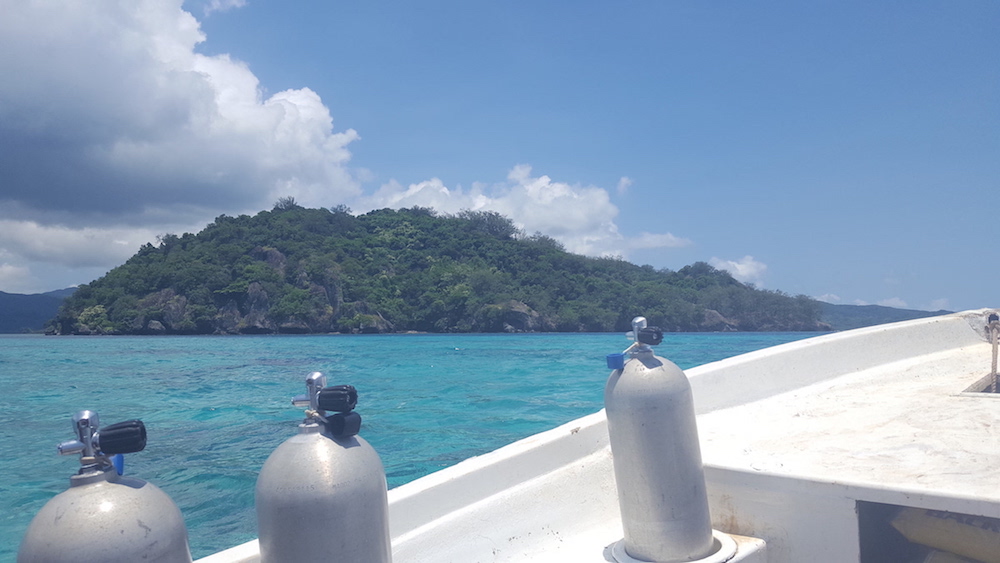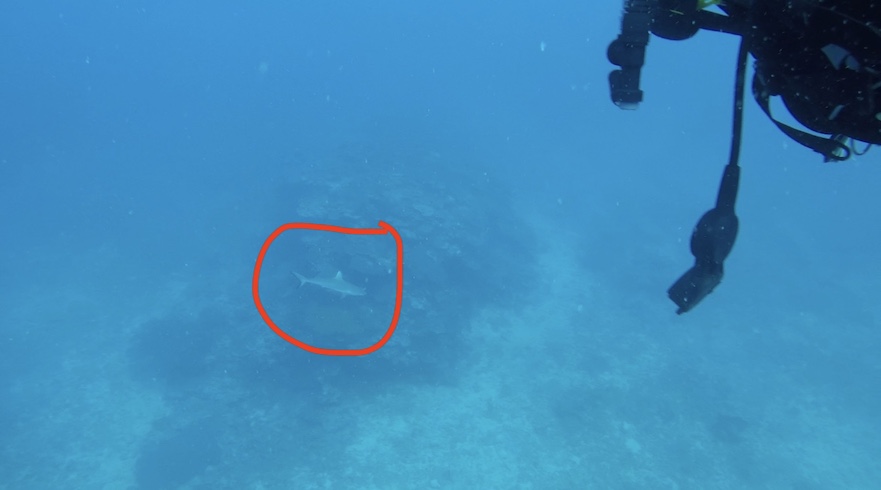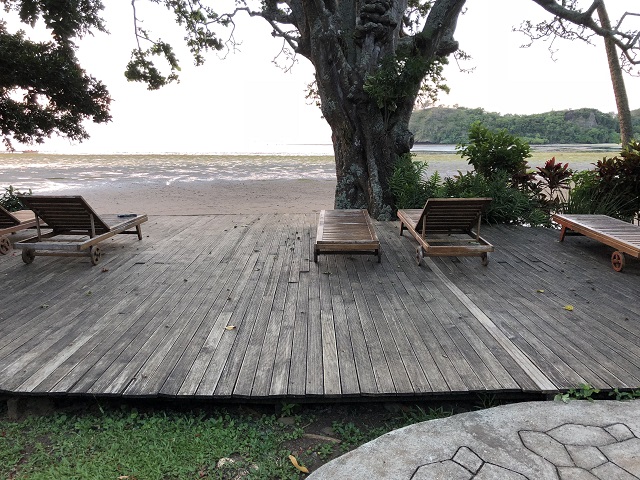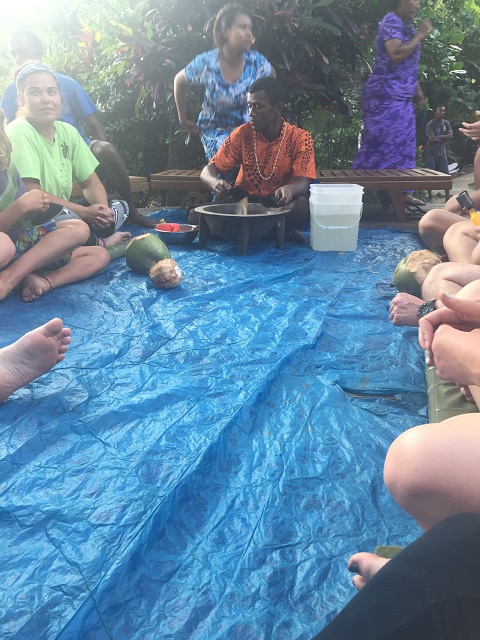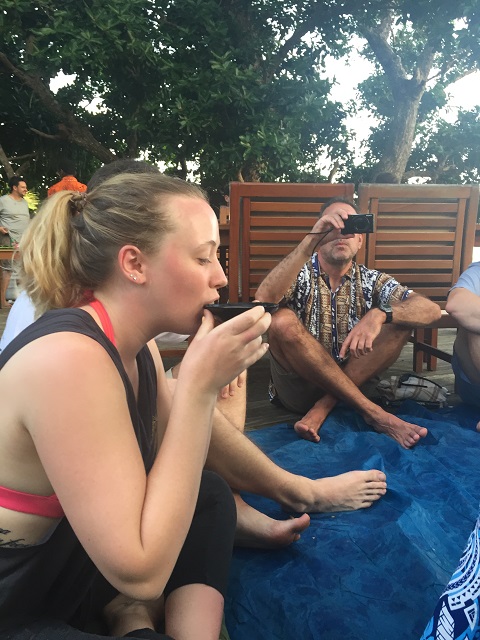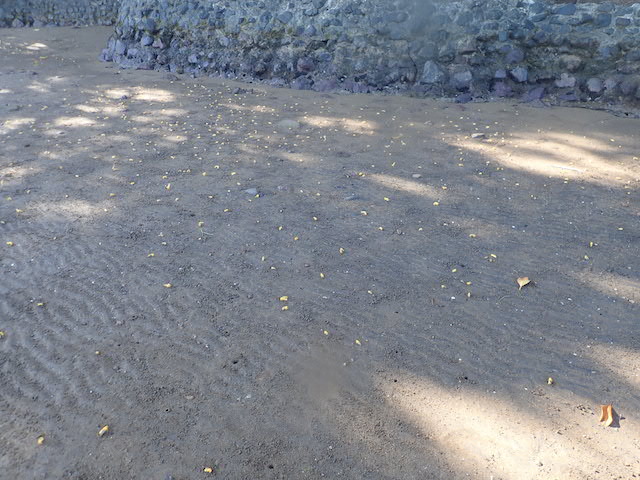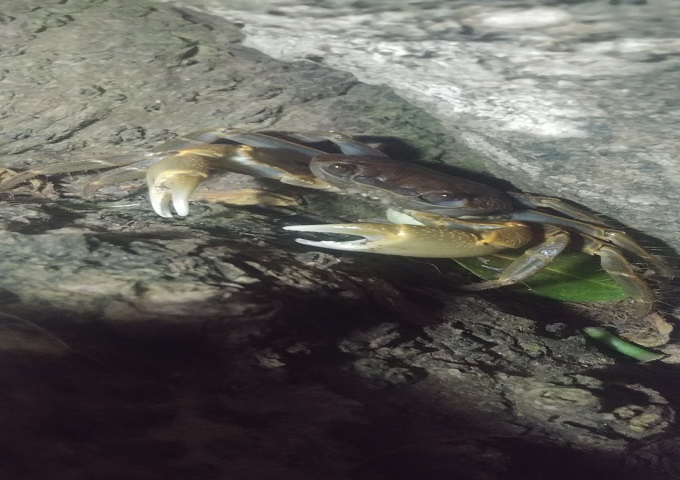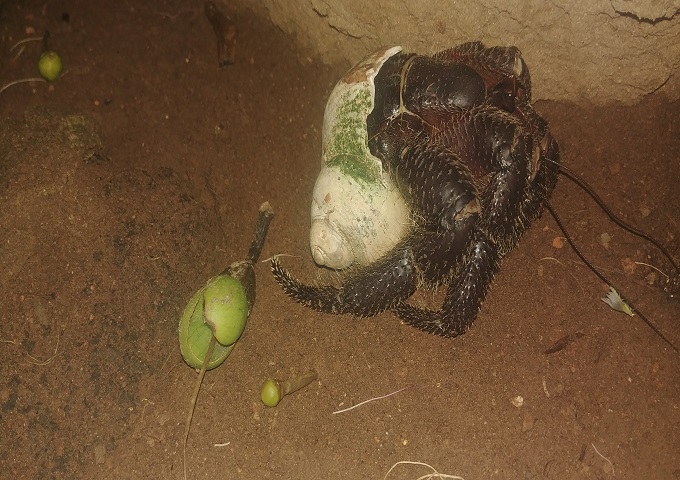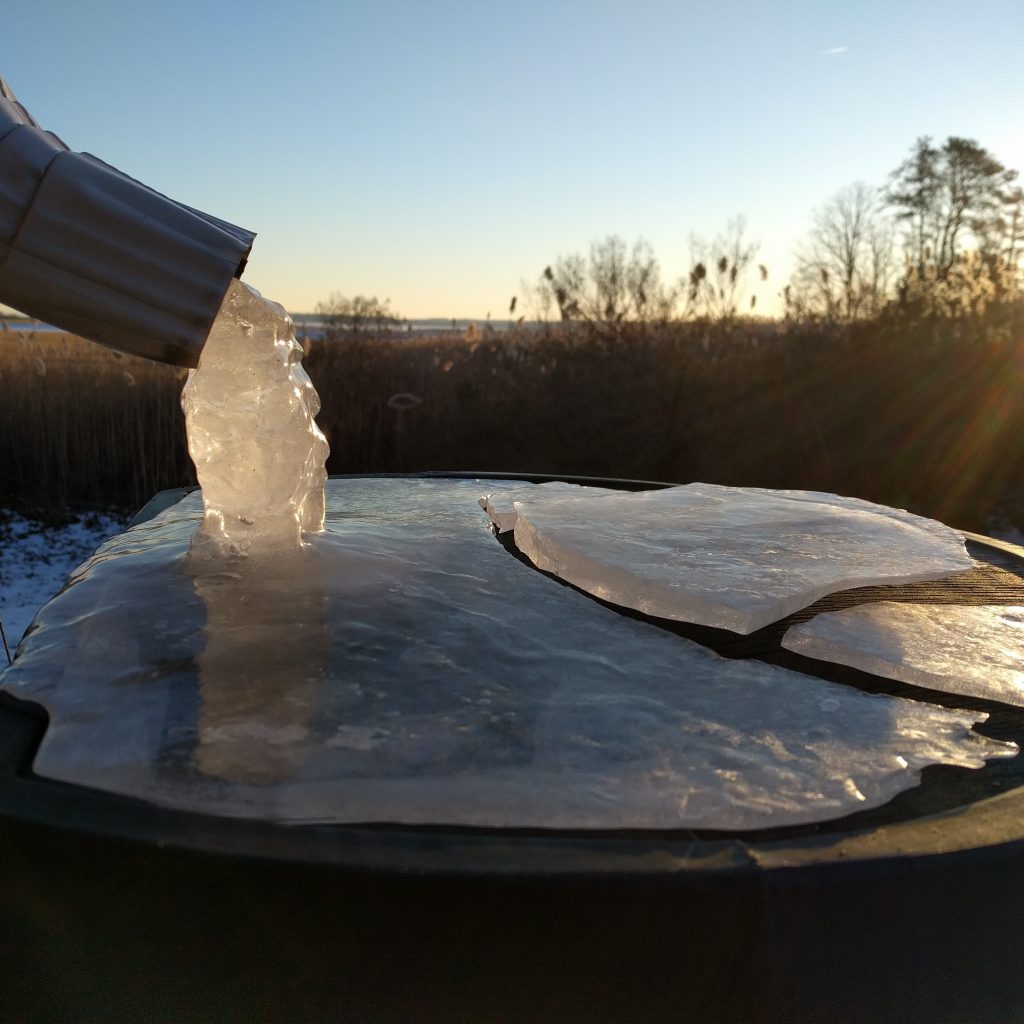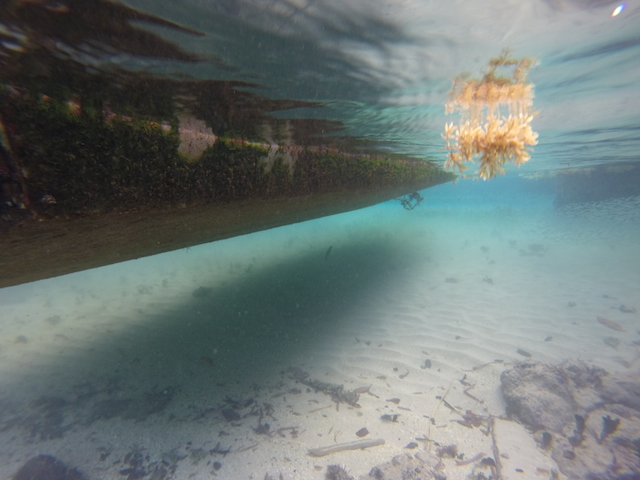Life began in water.
By this I mean that the first things that could be called cells, the first self-replicating DNA strands enclosed in a protective lipid membrane, were aqueous. They likely evolved near hydrothermal vents, fueled by the heat and chemical energy in the water pouring out of the chimney-like structures. All life eventually evolved from these humble origins. We still carry salt water in every cell, a reminder of our ancestry.
Perhaps that’s why my first scuba diving experience felt like coming home. As we (I, three other student divers, and the instructor) dropped beneath the waves – one, two, three feet, eventually coming to rest on the sand about eight feet under – my brain seemed to slow its racing thoughts. My breathing became relaxed, with every inhale accompanied by a hiss, and every exhale, a column of bubbles reaching up to the glittering surface. I could barely follow the instructor’s signals, I was so enthralled in the experience.
There really is nothing quite like it. Snorkeling and diving in a pool don’t even come close. Nothing compares to seeing a massive coral right in front of your face, swarming with tropical fish like birds flitting around a tree. Nothing compares to soaring and twisting through the water with only the slightest of effort, somehow unencumbered by the ungainly inflatable vest and air tank. I never wanted to leave – but of course, as the air in the tanks hissed into our lungs and bubbled into the ocean, we were forced to turn back.

A bird’s eye view of the reef surrounding one of the Fijian islands. The breaks are caused by the influx of fresh water and sediment brought in by the rivers.
I think it goes without saying that I am very much looking forward to my next dives.
– Delphine


